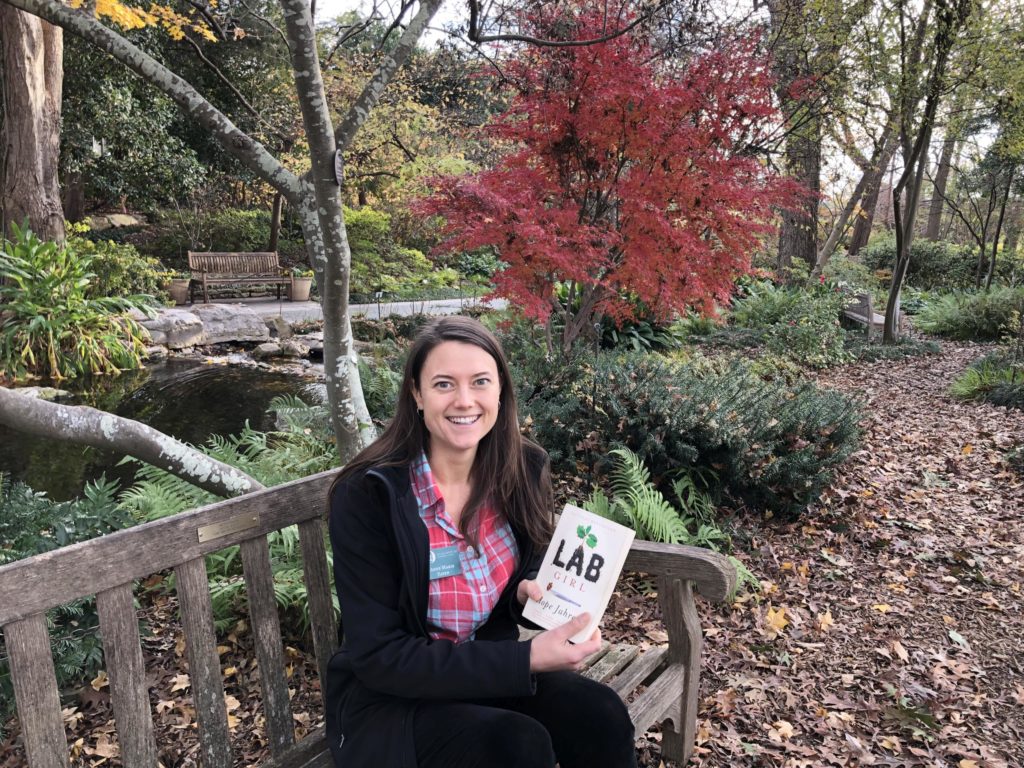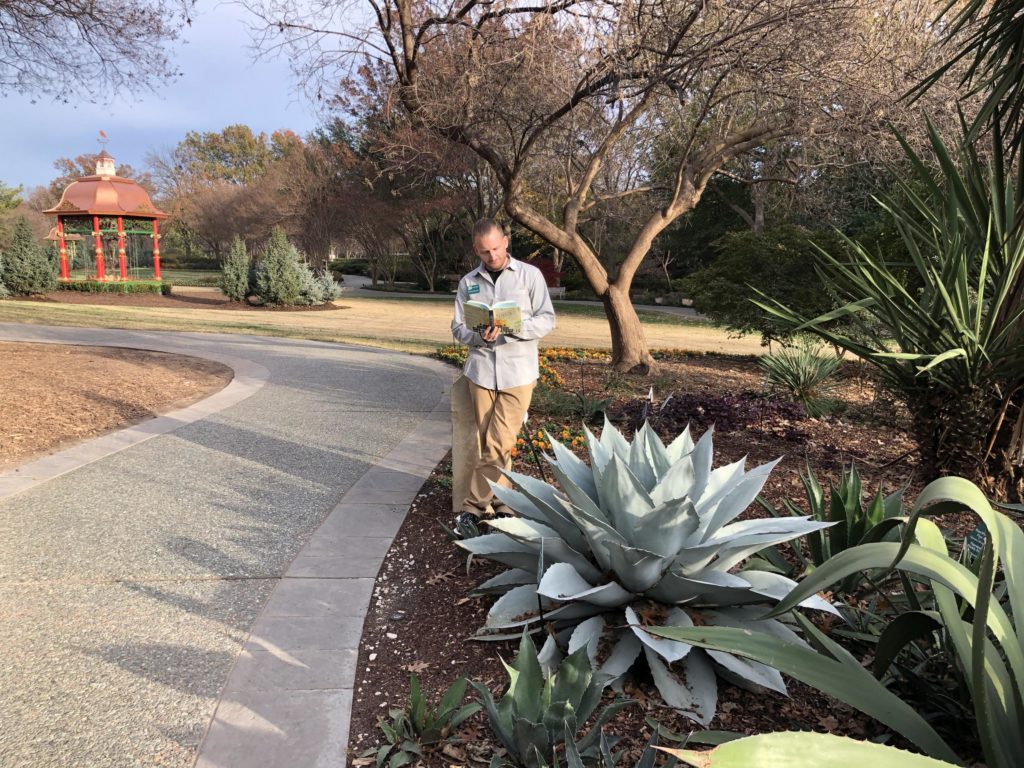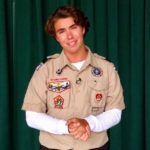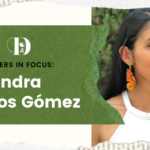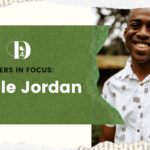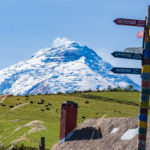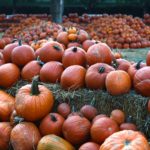What to Read Over the Holidays – Our Education Department’s Favorites
The final weeks of 2018 are an excellent opportunity to take advantage of extra time with family and to enjoy holiday events, and for educators, a great occasion to pick up a new book. This month, our education managers and director share their recent favorites with you – and they all include opportunities to connect topics in the books with classroom content and student activities.
Anne Luke, Science Enrichment Manager
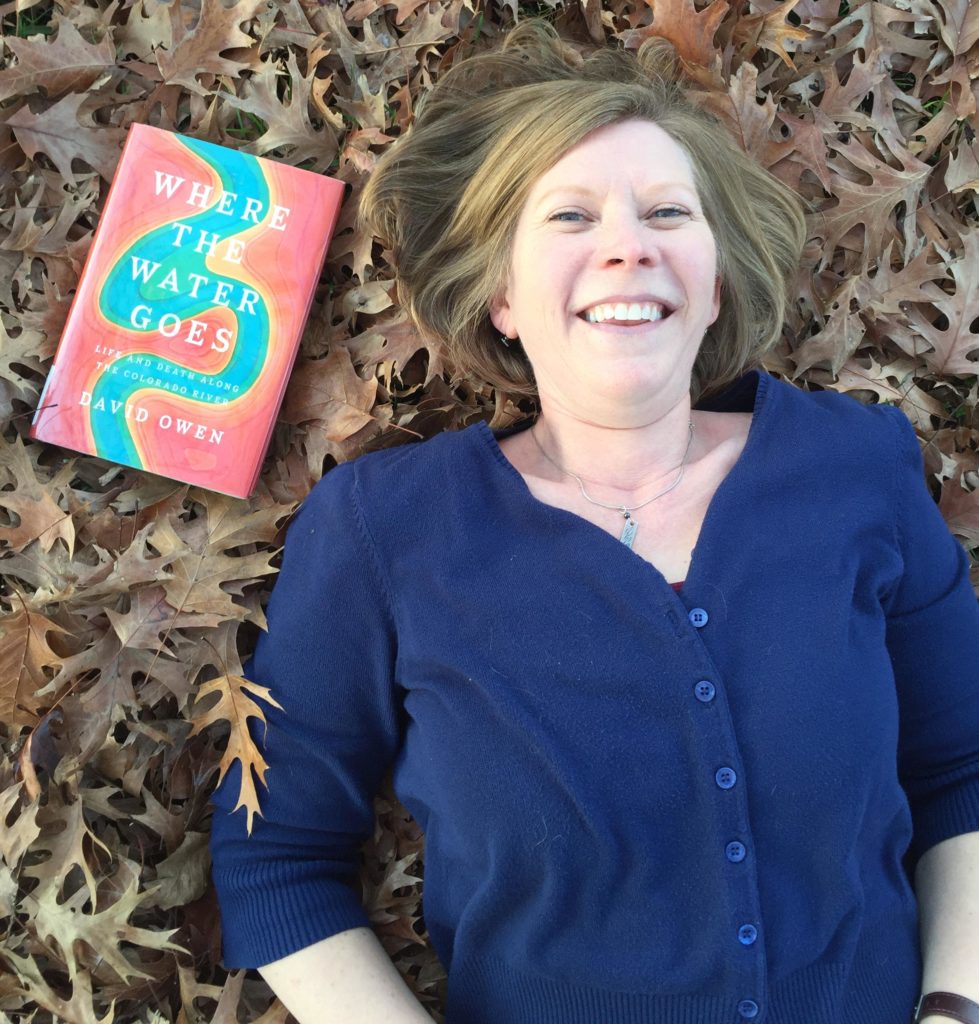 I am drawn to crime and mystery novels, but after discussing books with my coworker, I thought I’d give non-fiction a try. I wandered by my favorite subjects in my neighborhood library and stumbled upon the section on water. After many years of boating on North Texas lakes, I’ve experienced problems associated with droughts and floods, so I am quite interested in water issues.
I am drawn to crime and mystery novels, but after discussing books with my coworker, I thought I’d give non-fiction a try. I wandered by my favorite subjects in my neighborhood library and stumbled upon the section on water. After many years of boating on North Texas lakes, I’ve experienced problems associated with droughts and floods, so I am quite interested in water issues.
In Where the Water Goes: Life and Death Along the Colorado River, author David Owen takes you along on a fascinating and eye-opening adventure following the Colorado River from its headwaters near Boulder, Colorado to its mouth, that long ago emptied into the Gulf of California. During his journey with this mighty river, he visits reservoirs, dams, farms, towns and the people and animals that depend on the river to survive. Owen brings the history of the river alive with stories of Native Americans, pioneers and the daunting engineering feats of damming the wild river.
Most people don’t think about where their water comes from, let alone what happens to it after they use it. Water conservation efforts, such as watering your lawn less or switching to native plants, sound like easy solutions, but can also result in other unintended consequences that the author confronts. For many western cities, instituting these measures is only part of the puzzle. Squabbles over water rights and the aging engineering systems of dams and pipelines continue to be problematic in the fight for every drop of this precious resource.
Even though this book delves into problems in the western United States, we can still learn how humans impact water quality, quantity and flow. Trace your local water from its source to its final destination. Visit local streams, rivers, reservoirs and water treatment plants and learn about where your water comes from and where it goes.
–
Anne Marie Fayen, Academic Programs Manager
I highly recommend taking the time to ready Lab Girl. The book is an honest, fascinating, and at times very funny memoir by Hope Jahren, a scientist who has conducted independent research in paleobiology for the past 22 years. Jahren’s resume is impressive: she completed her Ph.D. at the University of California, Berkeley and has conducted research and taught at universities in Baltimore, Georgia, Hawaii and Norway. However, her story begins as a child growing up in Minnesota, in a Scandinavian family, where she remembers much cold and darkness, and describes “vast emotional distance between individual family members.” While she lacks memories of overt displays of warmth and affection from her family, her father’s work in a chemistry lab and her mother’s vegetable garden had a profound impact on the path she ends up taking as a scientist.
Jahren’s memoir describes hours of work dedicated to conducting investigations and writing grants to support herself, her research and her quirky lab manager, Bill Hagopian. She also describes developing relationships with her students, her husband, her son and herself. A theme of living with mental health issues is present throughout the book.
While the story of Jaharen’s life is touching and inspiring, my favorite parts of the book include the short chapters, sprinkled throughout, that describe one aspect of plant life in great detail. These descriptions have made me look at seeds, leaves and roots in a completely new way.
This book offers the opportunity to better understand the career path of a research scientist, a glimpse at some of the challenges women in science face, and a deeper insight into the structures, functions, and processes of plants. The book can also be used as a book study with middle school and high school students. talkSTEM developed a toolkit to complement using the book with students in grades 7-12: Growing Lab Girls.
Dustin Miller, Director of Education
I am frequently enthralled by books that take a deep dive into very specific topics – The Secret Life of Lobsters, The Story of Sushi, and Paper: Paging through History are just a few of my favorites, but a recent find digs into the complexities of the everyday world around us.
Unseen City: The Majesty of Pigeons, The Discreet Charm of Snails & Other Wonders of the Urban Wilderness, by Nathaniel Johnson, explores a variety of topics that one thinks they are all too familiar with. After all, we see pigeons, squirrels and ants every day – both at home and throughout our urban neighborhoods. What makes Johnson’s book magical, though, is that he transforms what we think we know about these creatures.
Researchers once thought that while squirrels were adept at hiding nuts, their strategy was more about hiding as many as possible and getting lucky during later searches for food. It turns out, that not only do squirrels know precisely where they bury their food reserves, but they are highly efficient at returning to their caches, and they often eat only the portion of the seed that doesn’t produce a seedling, so many of the nuts are still viable for reproduction.
This read is fascinating in the way the author discusses the questions that simple observations about the world around him bring up – and it can easily be used as inspiration for student-led data collection projects in the classroom.
What are you reading this break? Share your favorites with us on social, or let us know what you think if you read the educators’ suggestions.
Related Posts
Comments are closed.


